Error in the Void exhibition exposes "illusion of perfection" in 3D scanning
An exhibition of videos and still images, by a London-based studio specialising in 3D scans, enhances and celebrates the mistakes and glitches made by digital equipment (+ movie).
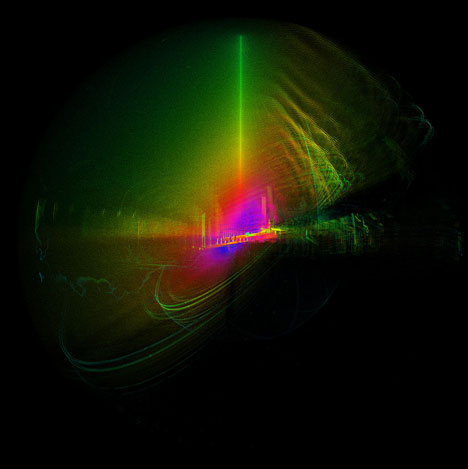
ScanLAB Projects provides 3D scanning services for architects, engineers, developers, museums, scientists and designers using various technologies including LIDAR and bespoke software to convert the data generated into accurate point-cloud models for generating 2D drawings and 3D models.
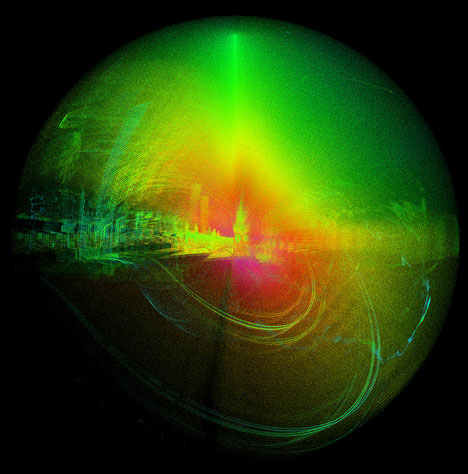
But the final images produced for clients do not show all of the data captured by the machines, which also record a layer of digital "noise" – visual data sometimes attributed to particles of dust, weather conditions and changes in light.
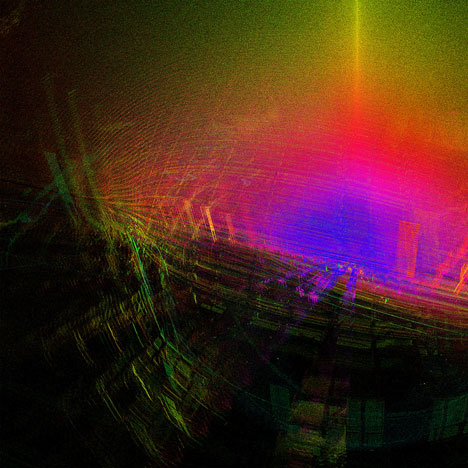
"Technology can create near perfect digital 3D replicas of buildings, landscapes, objects and events. But these digital replicas are always an illusion of perfection," said ScanLAB co-founder William Trossell.
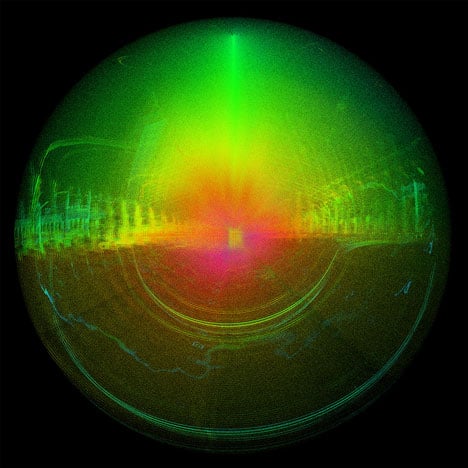
"Noise: Error in the Void explores the inherent mistakes made by modern technologies of vision. Here we see the unedited view of the world as seen through the eyes of the LIDAR machine," Trossell told Dezeen.
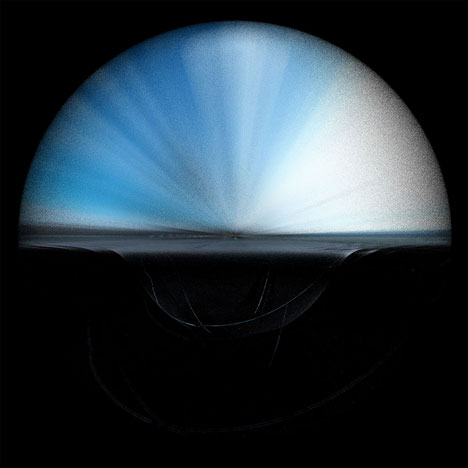
The effect of this noise is similar to a double exposure on traditional camera film, but is less predictable and the addition of colour grades can exaggerate the distortions.
Trossell compared the current stage of development in 3D scanning technology to the evolution of wet-plate photography in the late 1800s.
"The equipment is heavy, requires portable darkrooms (powerful computers) and its still prone to error and temperament," he said. "The phenomena we are exploiting here in Noise is already being developed out of the next generation of scanners so these images won’t be possible in the future."
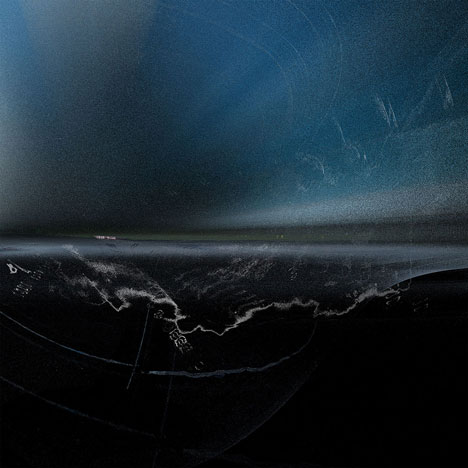
To create the exhibition, which is currently on display at Surface Gallery on London's Scrutton Street, ScanLAB recorded two landscapes in Berlin to create two movies, each with a running time of two minutes and 49 seconds.
Noise/01 was scanned on November 11 2013 on the Berlin Oberbaum Bridge in the early afternoon. The weather was overcast and cold, which affected the amount of "noise" captured by the camera. A bright colour grade was applied to the scan, creating a kaleidoscopic effect.
"In the case of the Oberbaum Bridge there is a massive glass facade, a shiny railing and the running water of the Spree river, all within the scanner's field of view," Trossell told Dezeen. "These surfaces cause optical reflections we take for granted in our everyday lives, but to a machines eyes, they fuse, offset, reflect, refract and obstruct the spatial measurement."
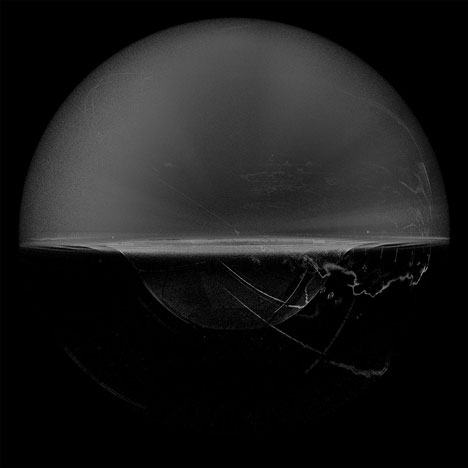
Noise/02 was filmed at Berlin's decommissioned Templehof Airport on the same day, but in the morning when the conditions were sunnier. This was given a greyscale treatment, with the final images suggesting an ominous atmosphere and showing a number of strange wisps and lines across the image as well as dark voids.
"At Tempelhof, the mechanically flatted landscape gave us an opportunity not often found in the confines of London to test the full range of the scanner," explained Trossell. "Here everything is flat; broken only by runway markings. And we were bemused by the apparent melting of the horizon line into a bowl."
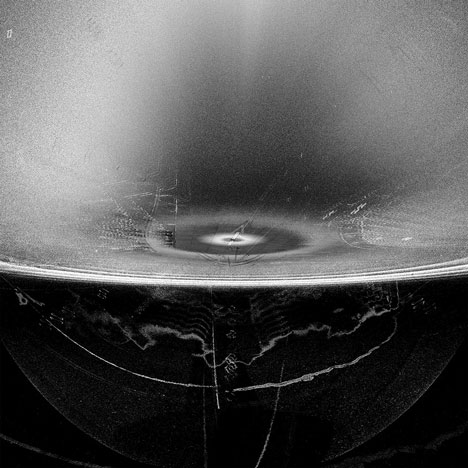
A frame from each second of both movies has also been printed as a still image.
"Reality is shrouded in a cloud of mistaken measurements, confused surfaces and misplaced three dimensional reflections," said Trossell. "The camera journeys through the droning spheres of error and cataclysmic arrays of inaccurate points."
"As we both trained as architects our thoughts are always tuned towards the physical and the construction of built space and these ephemeral clouds of Noise tickle between the impossibly touchable and firm engineering."